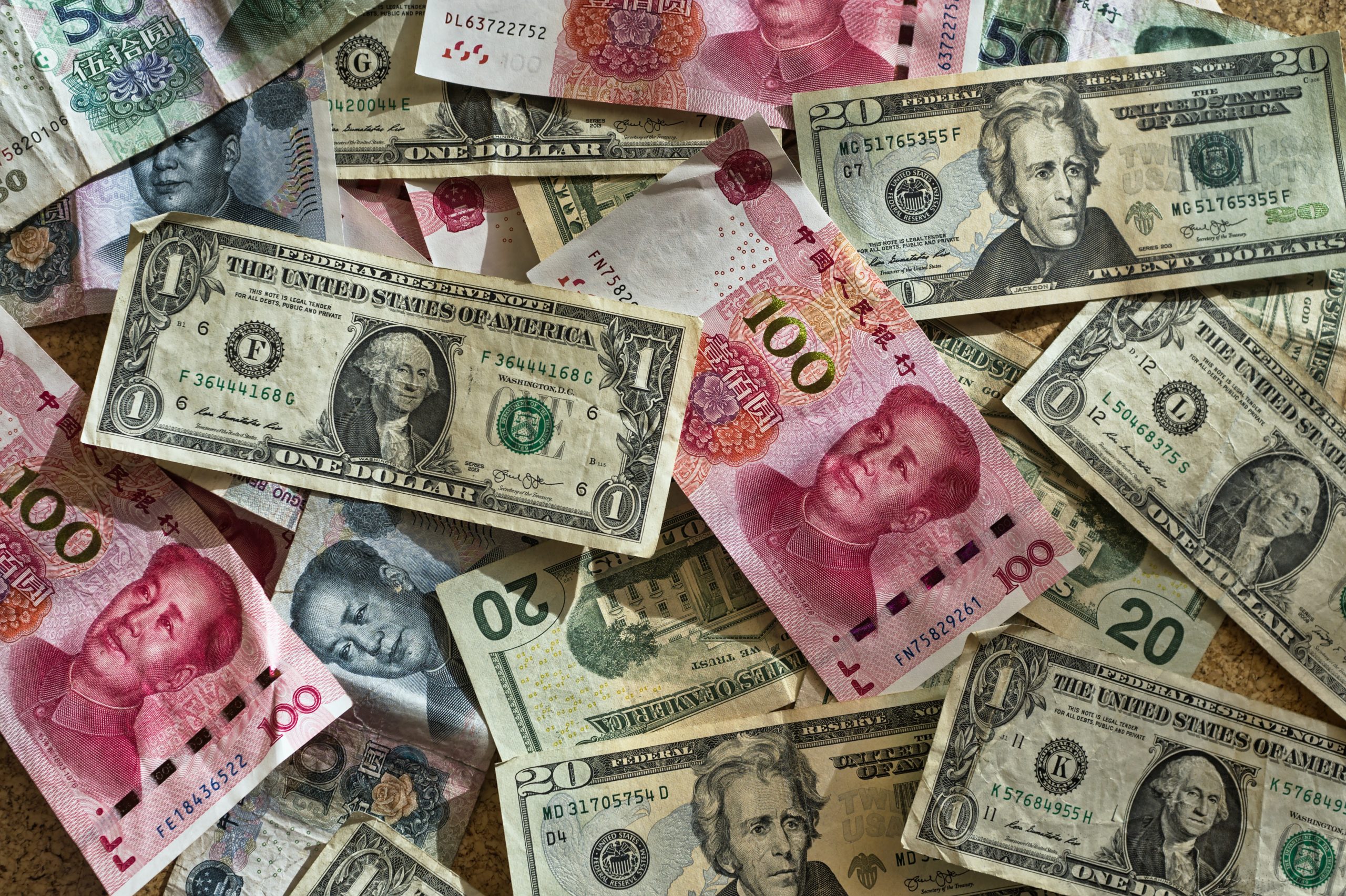Delving into the fascinating realm of Forex or FX trading is an exhilarating endeavor that will lead you to new experiences, knowledge, and a new way to make money. However, to make the most out of your new venture, you need to ensure you have all the information related to the industry. As with almost everything in this world, the more you know, the better the position you’ll be in when it comes to making trade decisions. As you learn about FX trading, you are bound to come across the term ‘swap.’ You already know that FX trading is simply trading currency pairs in order to make money. However, that is just the tip of the iceberg. Read on for explanation what is swap in forex.
What is Swap

Swap is an exchange of two items between counterparties. However, the meaning of swap in trading (be it money market, stocks, or forex) is slightly different.
What is Swap in Forex?
Swap in forex is an agreement about the exchange of currencies at the start and reversal exchange at the end of the contract.
The swap agreement always says what is exchanged, when the exchanges happen and what are the prices of the exchange.
In forex trading, every swap is characterized by currency pair, the spot date (date of initial exchange), the forward date (date of reversal/final exchange), and spot and forward rate (the rate at which the notional of currencies will be swaped at both dates).
Basically, swap in forex (also called FX Swap) consists of two contracts. The first is a spot transaction that’s done instantly, and the second is a forward transaction, that is done at a specific future date.
However, both transactions (spot and forward) are agreed at once.
How you calculate FX Swap rate
FX swap rate is calculated as the difference between the interest rates of swapped currencies. The FX swap rate is usually shown in pips of term currency.
FX Swap Rate = FX Spot Rate x [ 1 + Term Currency Interest Rate ] / [ 1 + Base Currency Interest Rate ]
What is behind the formula of FX Swap
The base of the currency swaps is that you need to do corresponding moves on the money market to fix the swap rate.
Imagine that you are selling EUR and buying USD at spot date and doing reversal transactions (buying EUR and selling USD) at the forward date. That means you are in EUR debit on your account from the spot date to the maturity date and have USD credit on your account from the spot to the maturity date.
Therefore, you need to pay interest on EUR, which is not on your account (and you have to pay an interest rate on the EUR negative balance on your account). On the other side, you are earning interest on USD that is credited on your account (you receive interest on USD deposit from spot to maturity date).
The difference between the credit and debit of the interest rate is the price or rate of the FX Swap.
To put it more simply, check our example below.
FX Swap rate calculation example
For simplicity we abstain from bid/offer side and will take just mid rates to show you how to calculate swap rate
FX Swap EUR/USD
Maturity: 1 Year
EUR is Base Currency
USD is Term Currency
Spot rate: 1.1000 USD per 1 EUR
USD Interest Rate for 1 year: 1%
EUR Interest Rate for 1 year: 2%
1 Year Swap rate for EUR/USD = Spot rate x [ 1 + USD Interest Rate ] / [ 1 + EUR Interest Rate ] = 1.1000 x [ 1 + 0,01 ] / [ 1 + 0,02 ] = 1.0892
Swap points = Swap Rate – Spot Rate = 1.0892 – 1.1000 = – 0,0108
Traders will show quotation “- 108”
If you want to calculate swap points for shorter maturity than 1 Year, you need to adjust the formula by the time factor
Maturity: 3 months (90 days)
3 Months Swap rate for EUR/USD = Spot rate x [ 1 + USD Interest Rate / 360 x 90 ] / [ 1 + EUR Interest Rate / 360 x 90 ]
Negative and Positive Swap Points
As you see from example above swap points can be positive or negative.
Positive swap points show that the interest rate of the term currency is higher than the interest rate of base currency for the time of the swap.
Vice versa, negative swap points show that the interest rate of the term currency is lower than the interest rate of base currency for the time of the swap.
This subtle difference is very important in retail forex trading. We will explain it below.
Who uses swaps in forex and why
Swap in forex is used for hedging of time differences between receivables and liabilities paid in different currencies. It is used mainly by financial institutions and corporate entities.
Financial Institutions
Financial institutions use swaps as a way how to decrease risks. FX swaps are used instead of deposits and loans on the interbank market.
Deposit and loans bear the risk of counterparty default. However, FX swap bears just a settlement risk, because it is a two-way transaction when both parties are exchanging notionals on the same day.
Settlement risk is usually lower than the full notional risk in case of deposits and loans.
Corporates
Corporates use swaps as a way how to solve time discrepancy between revenues and payments.
Imagine your company has plenty of USD on the account at the moment. At the same time, you know that you will receive EUR from your Europe based customer in three months.
However, you have to also pay your European supplier now. His invoice always comes in the euro.
You have two possible solutions. One is risky and second one is risk-free.
The risky solution is to sell your USD at the current EUR/USD rate and buy EUR to pay off your supplier. In 3 Months you will receive Euros and buy the USD back.
You have no chance to know what will be the EUR/USD rate in 3 months. Therefore, you are willingly taking the risk that can result in a loss if the EUR/USD rate will move against you.
The risk-free solution is to enter the FX swap with your bank. You sell USD to the bank for EUR now at the spot rate and also agree on the rate at which you will buy the USD back in three months.
The FX Swap bears no currency risk. The only price you will pay (or receive) is the interest rate differential.
FX Swap in retail forex trading
Now you know what is swap in forex. But when is it used in your personal forex trading?
Retail forex trading is all about the spot. You open the position, hold for a day, or longer, and then you close it with a profit or loss.
The FX swap comes to the life in case you hold the position open overnight. At the end of the day you will see a small debet or credit on your account.
Usually, it is called a rollover. It means that your broker is applying an fx swap to roll the maturity from one day to another.
It will calculate the interest rate differential on all of your trades. The differential between the currencies you are long and the currencies you are short.
Depending on the interest rates, you either receive or pay interest rate differential. See above the positive and negative swap points explanation.
If you are long currencies with higher interest rates, you will receive the differential. Vice versa, if you are short currencies with higher interest rates, you will pay the differential.
Traders, who focus on earning the interest rate differential are called “carry traders”. They are going long currencies with a higher interest rates (eg. emerging market currencies CZK, HUF, RUB).
Swap in Forex Summary
Even if you are doing plain spot fx trading, you need to understand the concept of fx swap and interest rate differential.
Understanding will help you to trade wisely and use some carry trades to additionally fund your trading account.
Moreover, forex trading is usually fee-free, but the rollover is sometimes used by online brokers to apply some hidden fees on your account.


